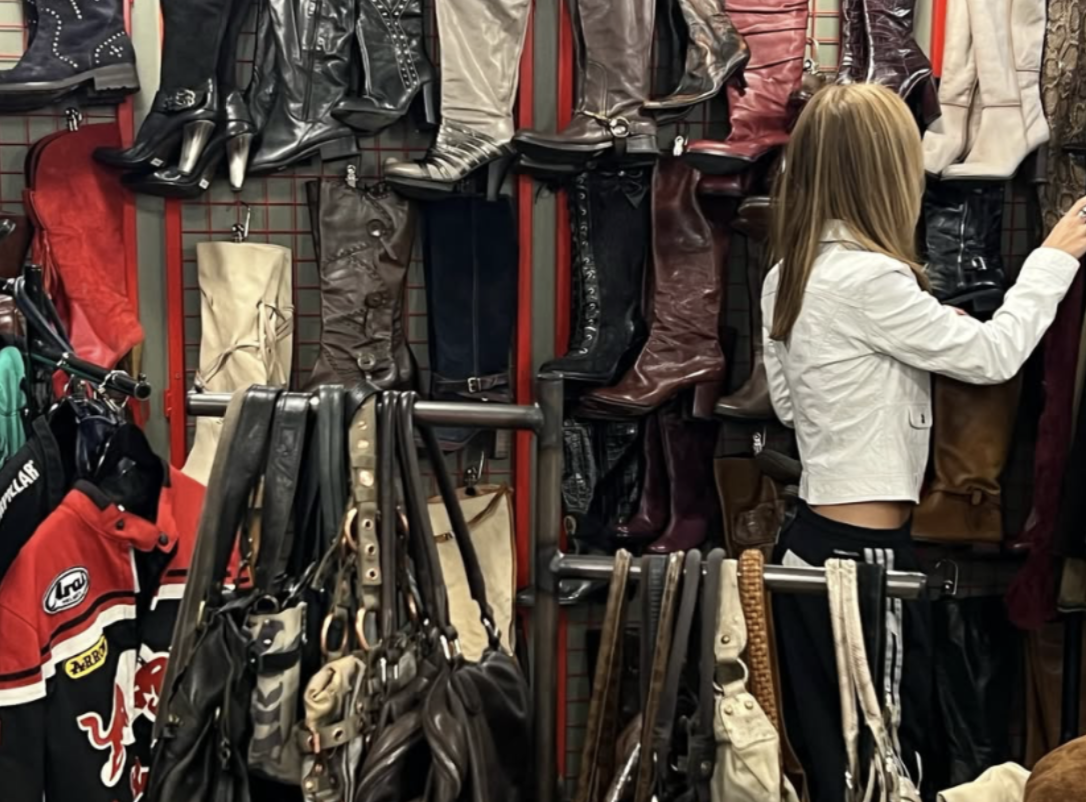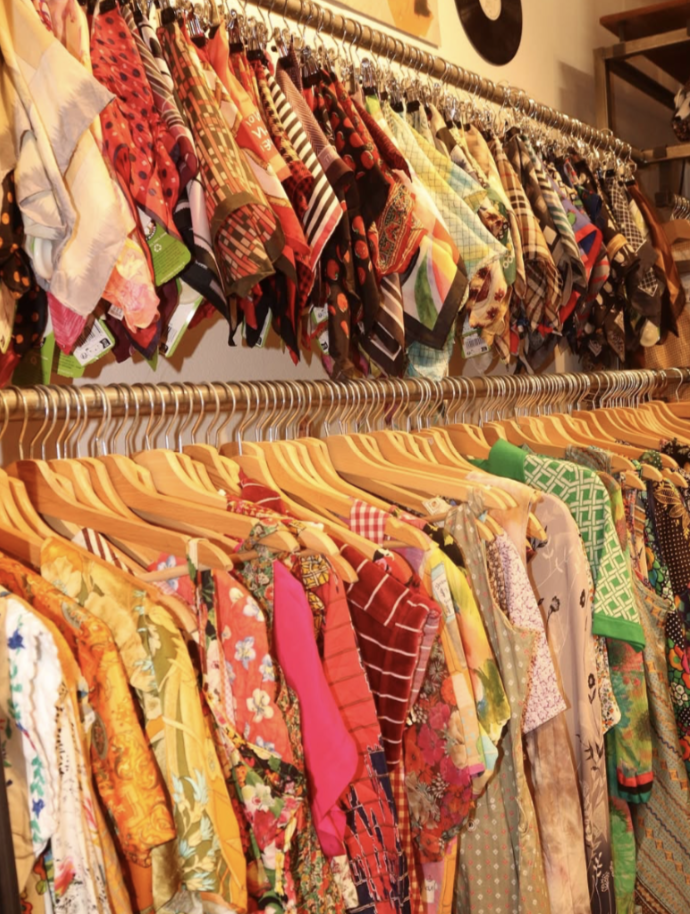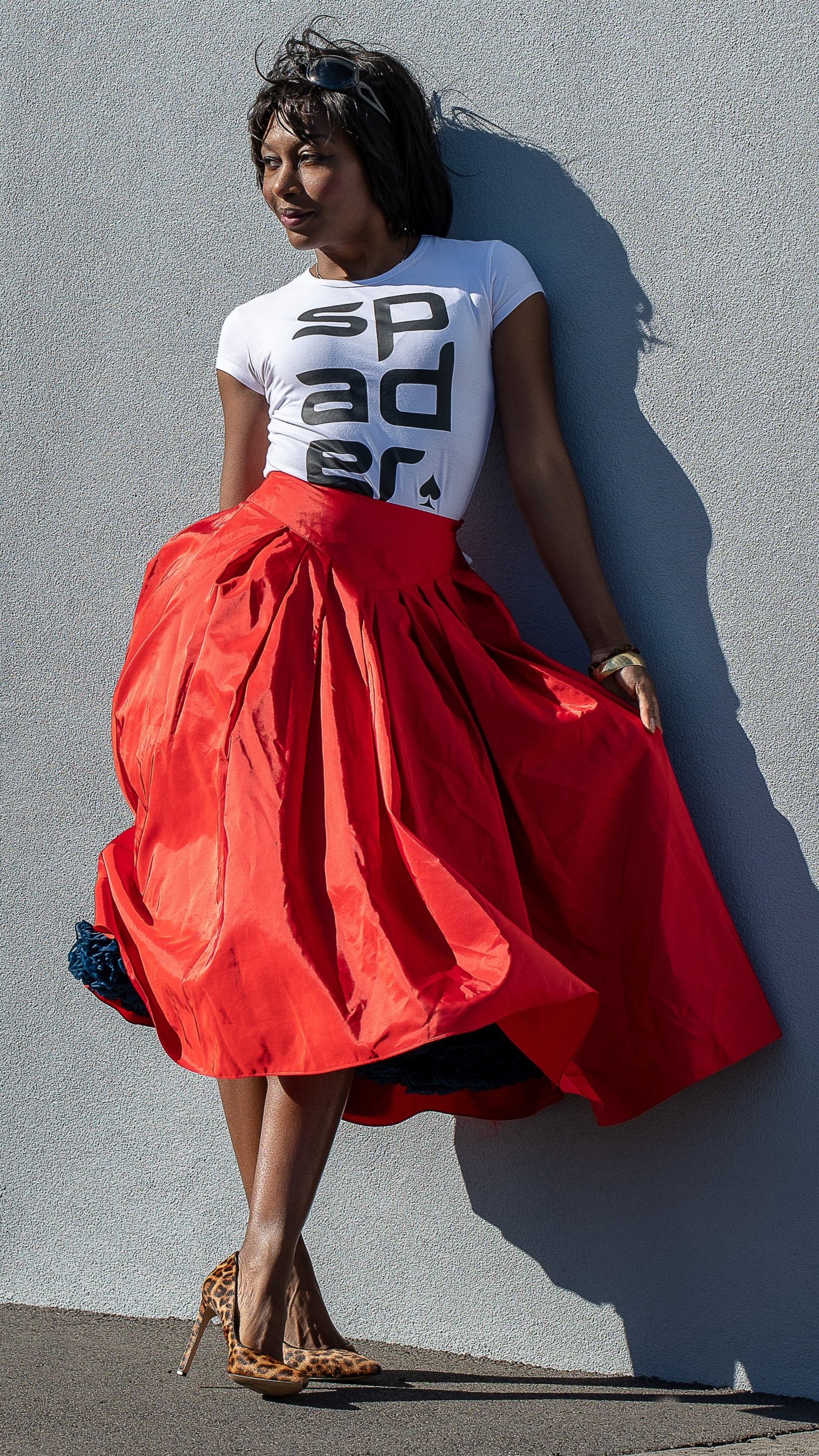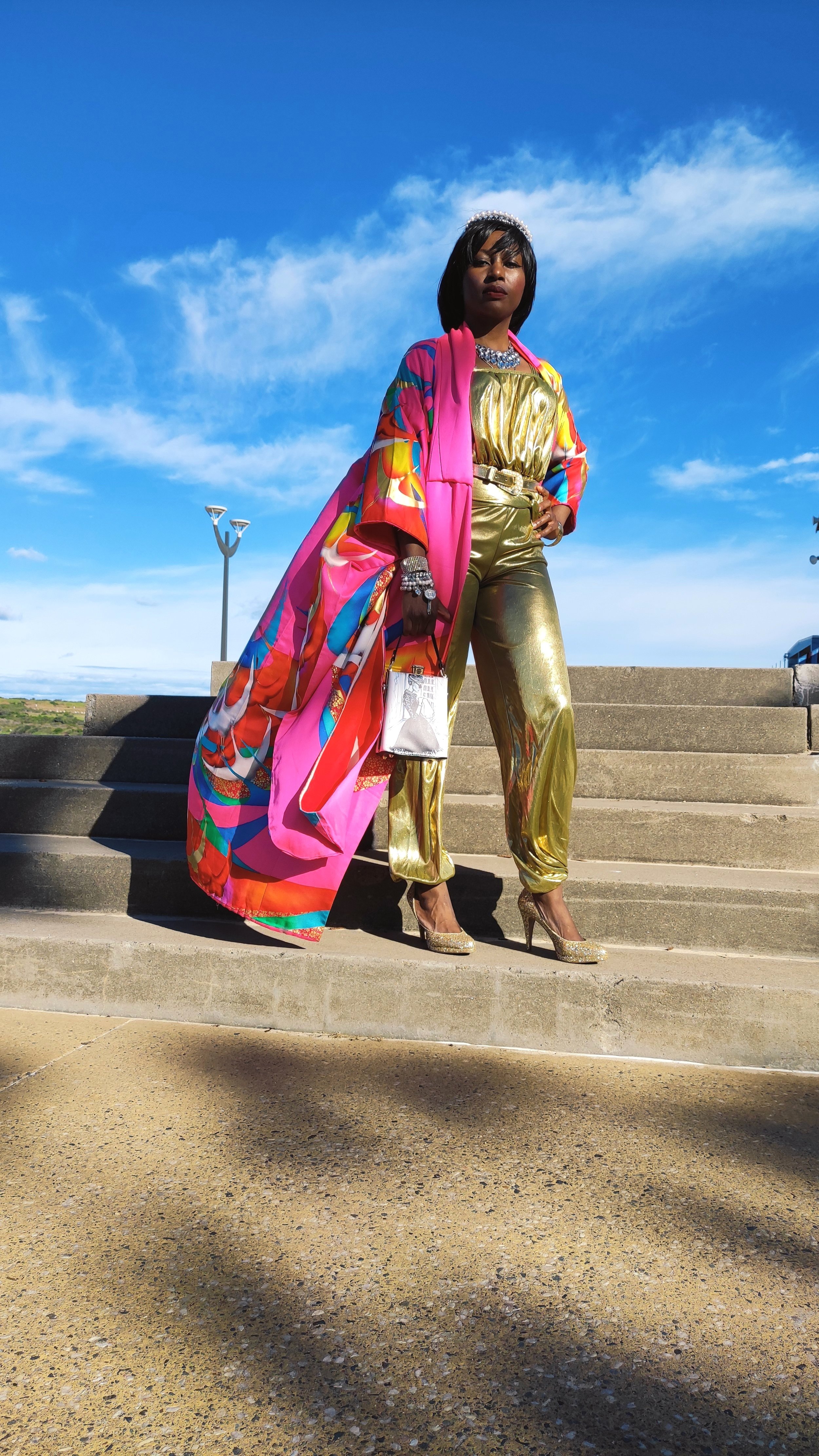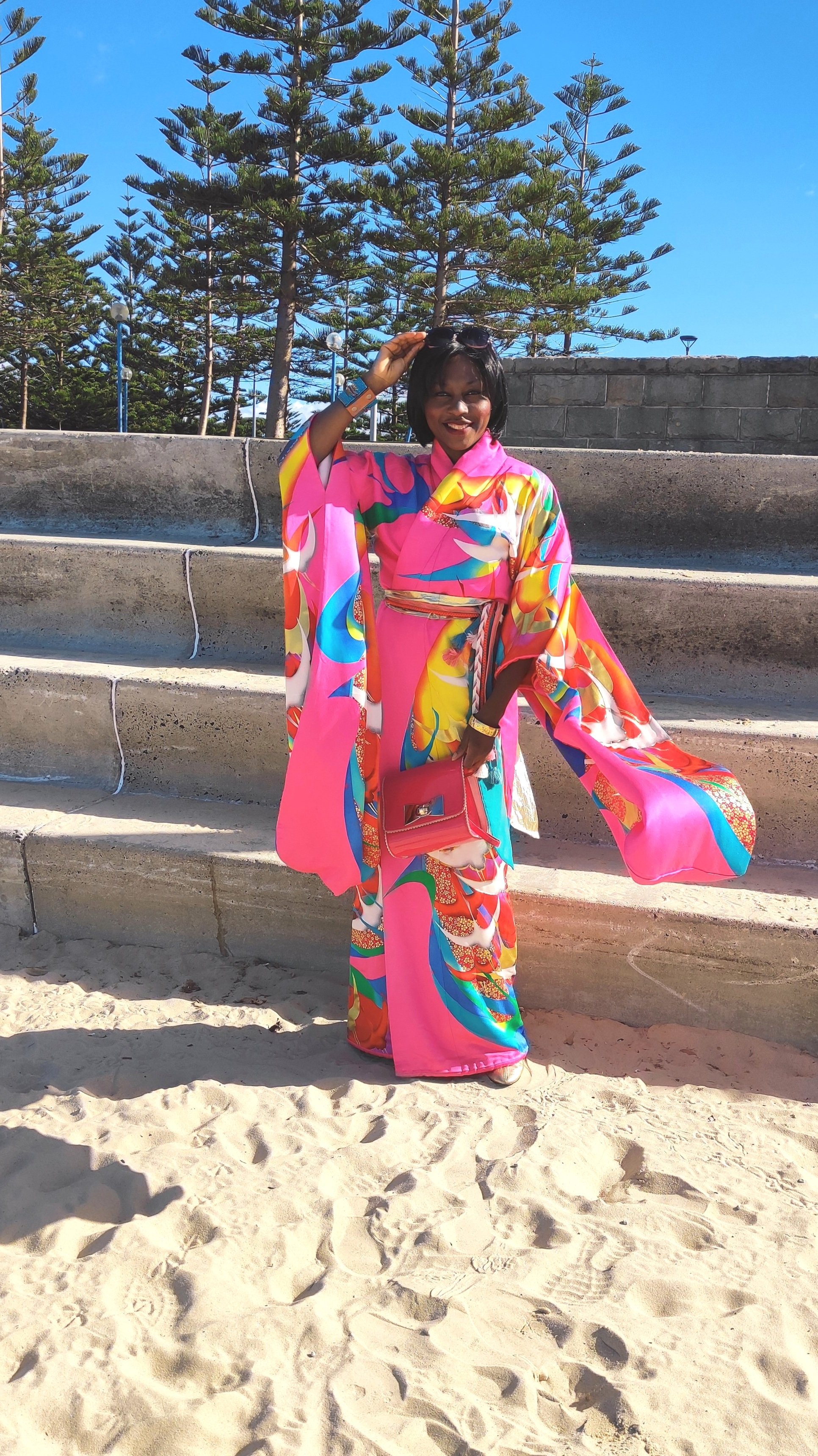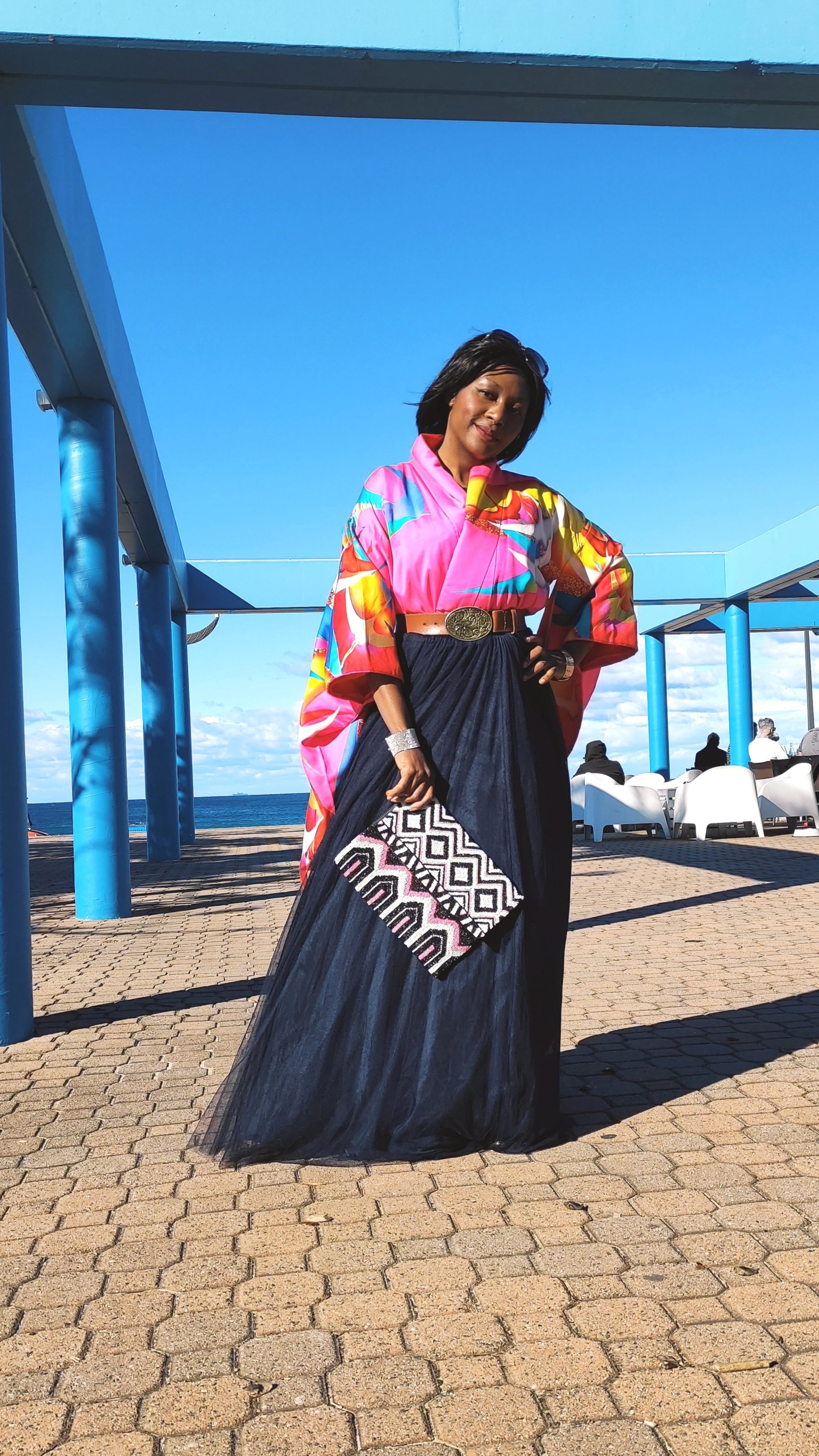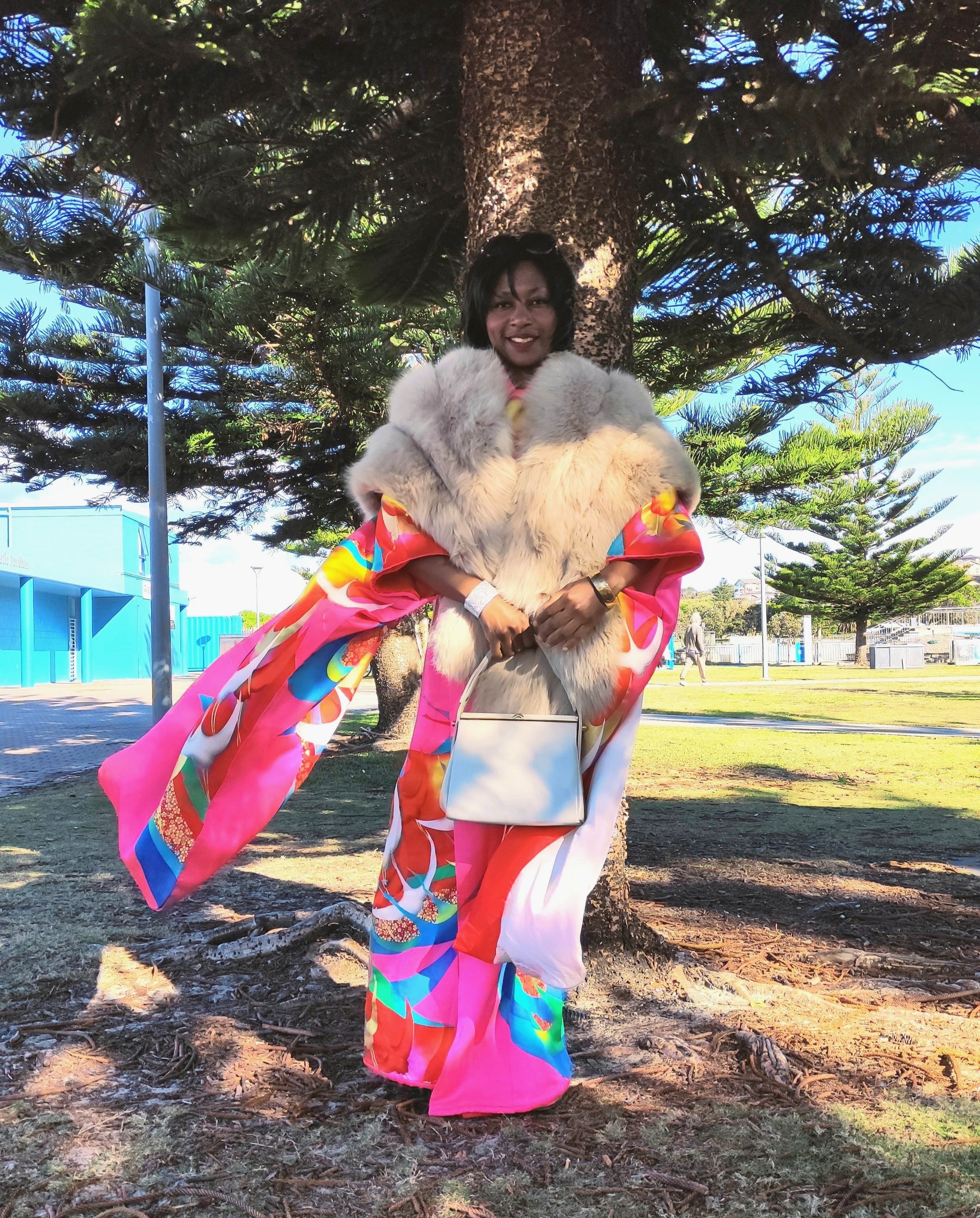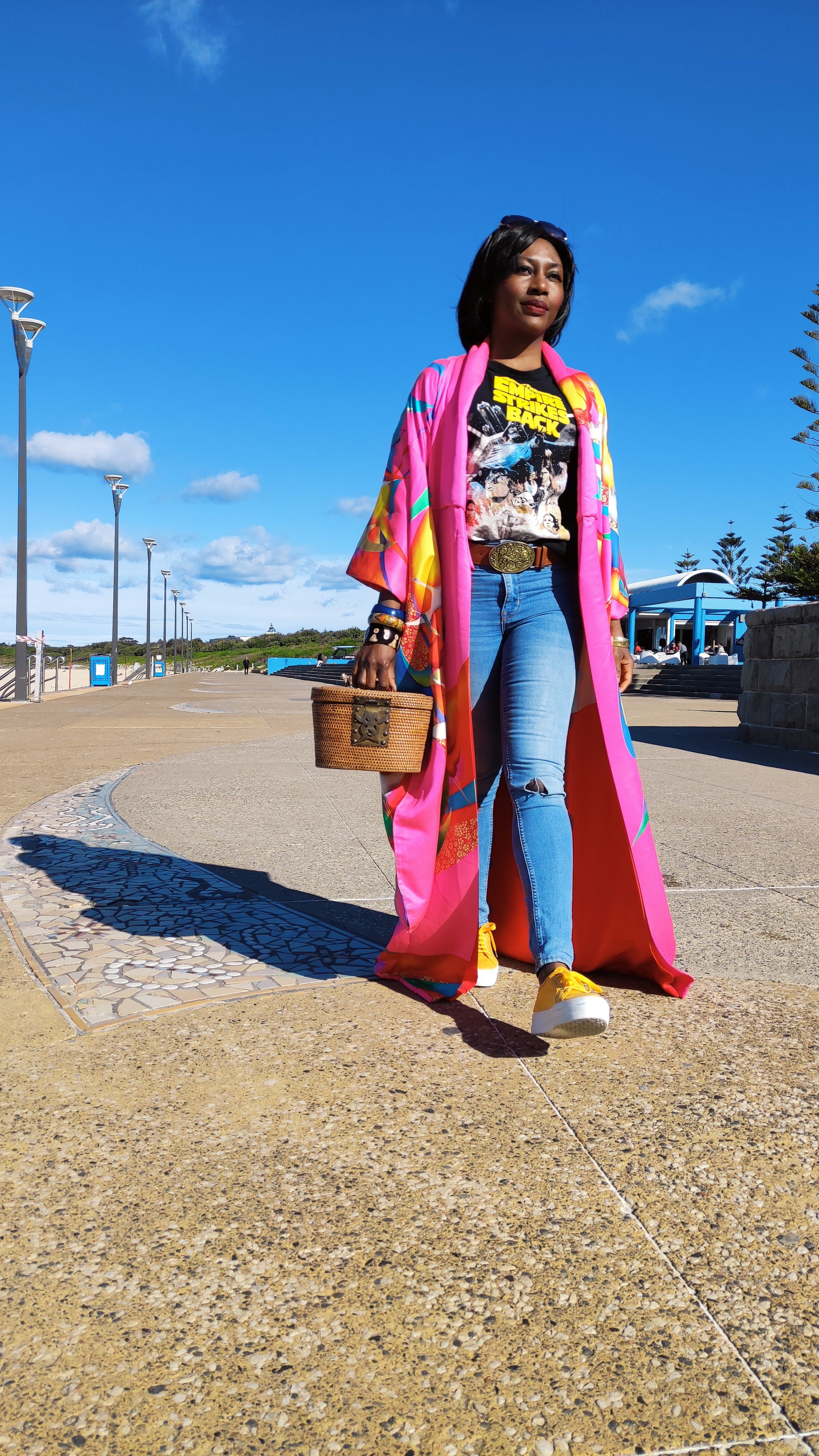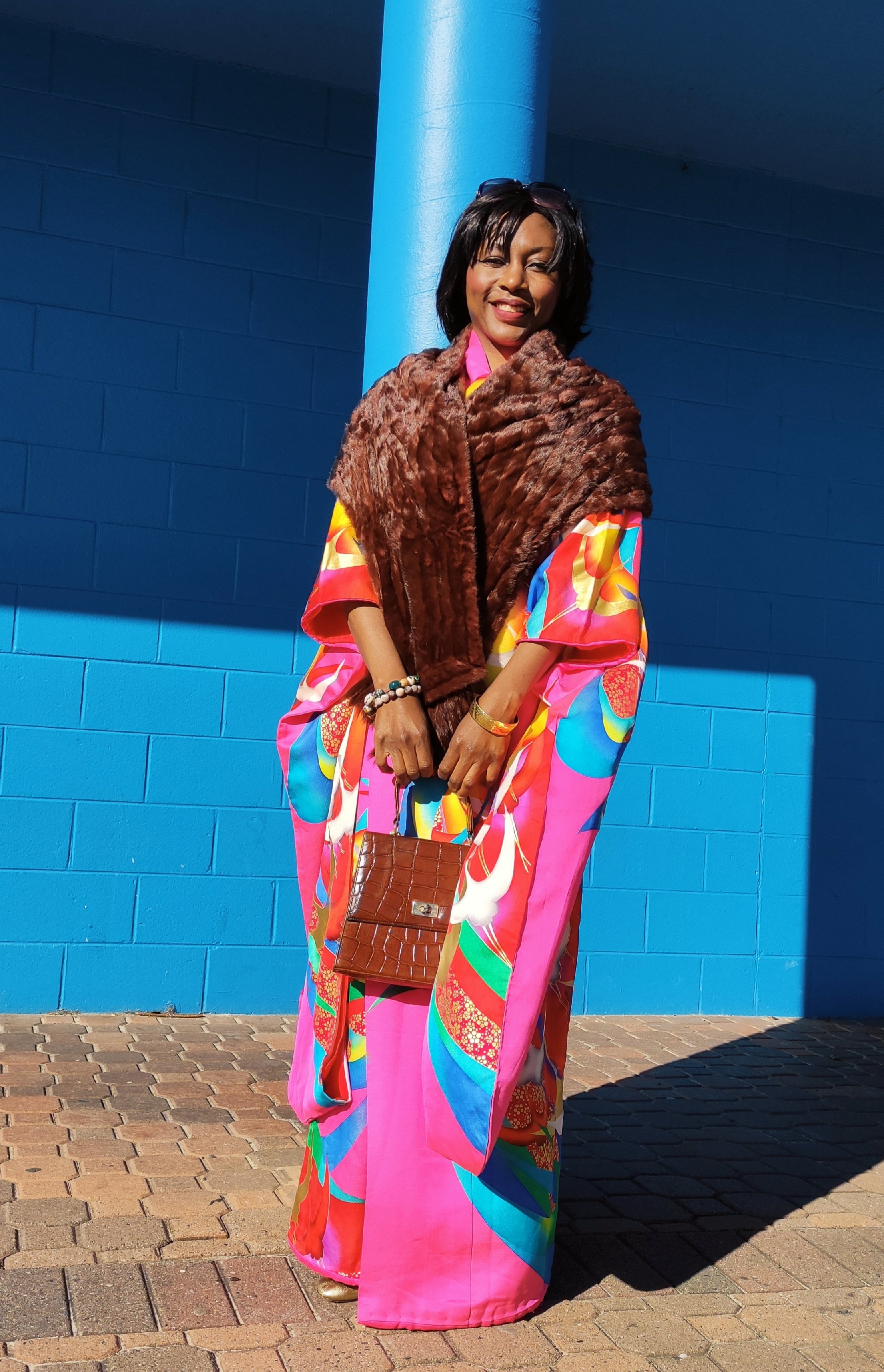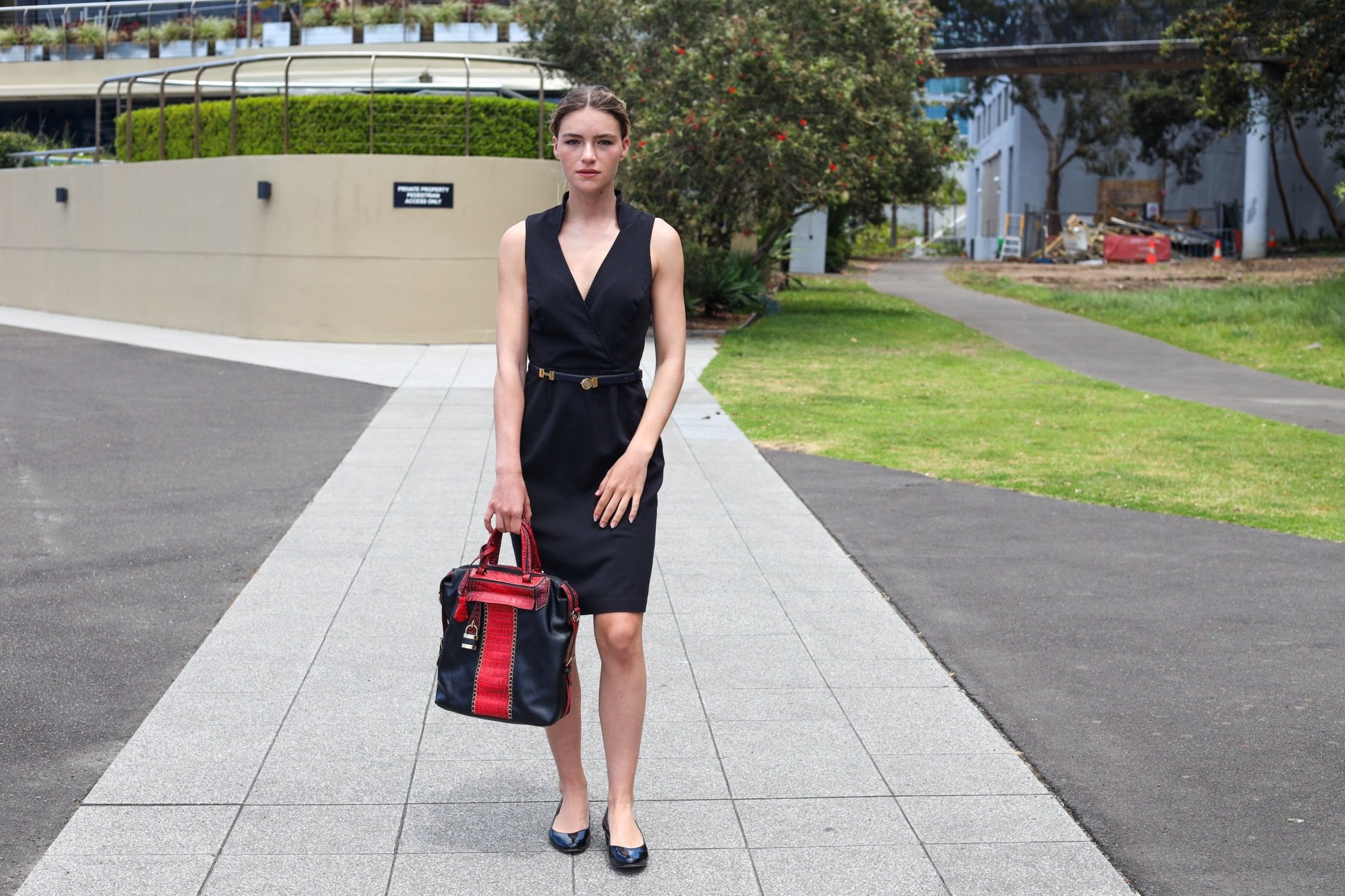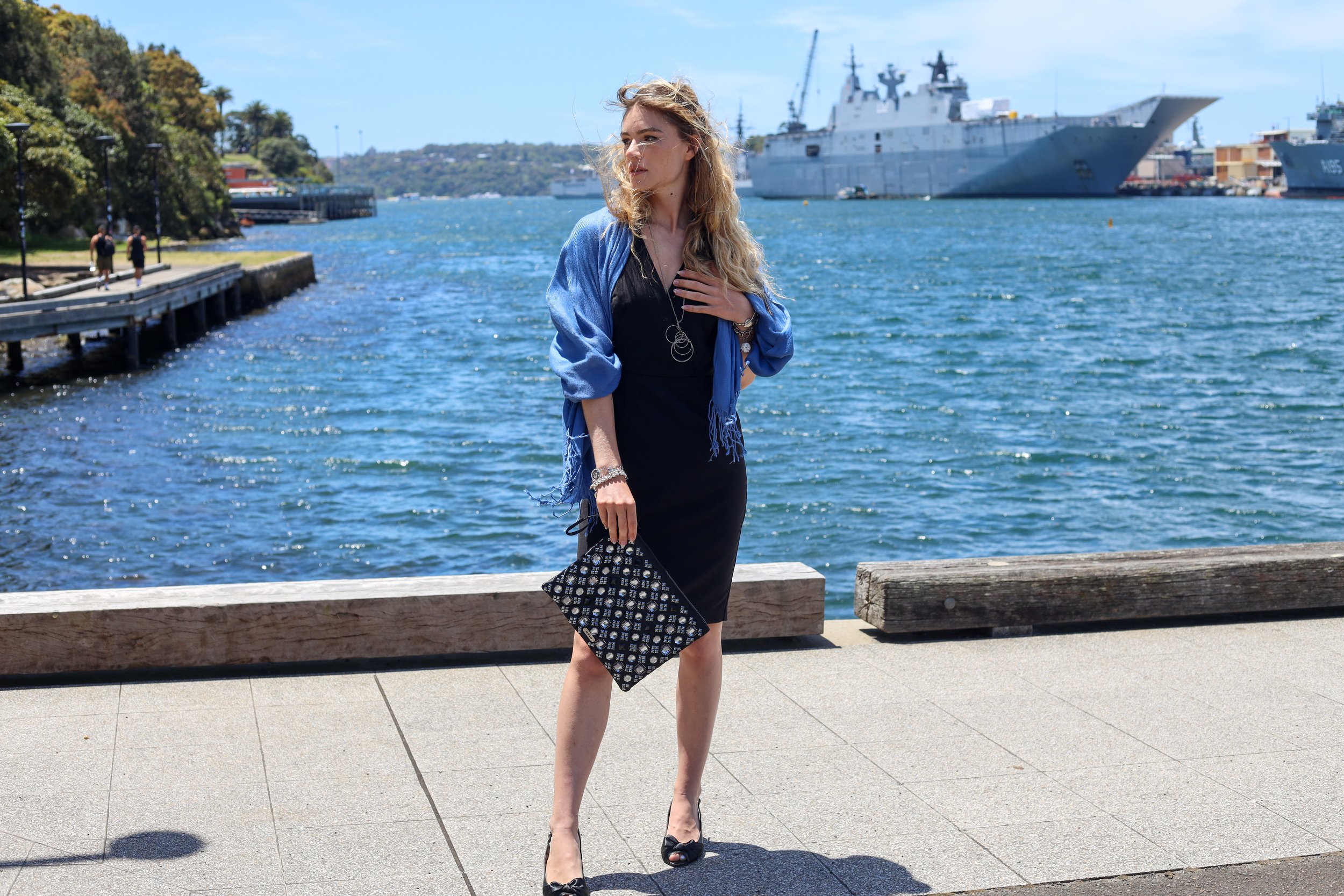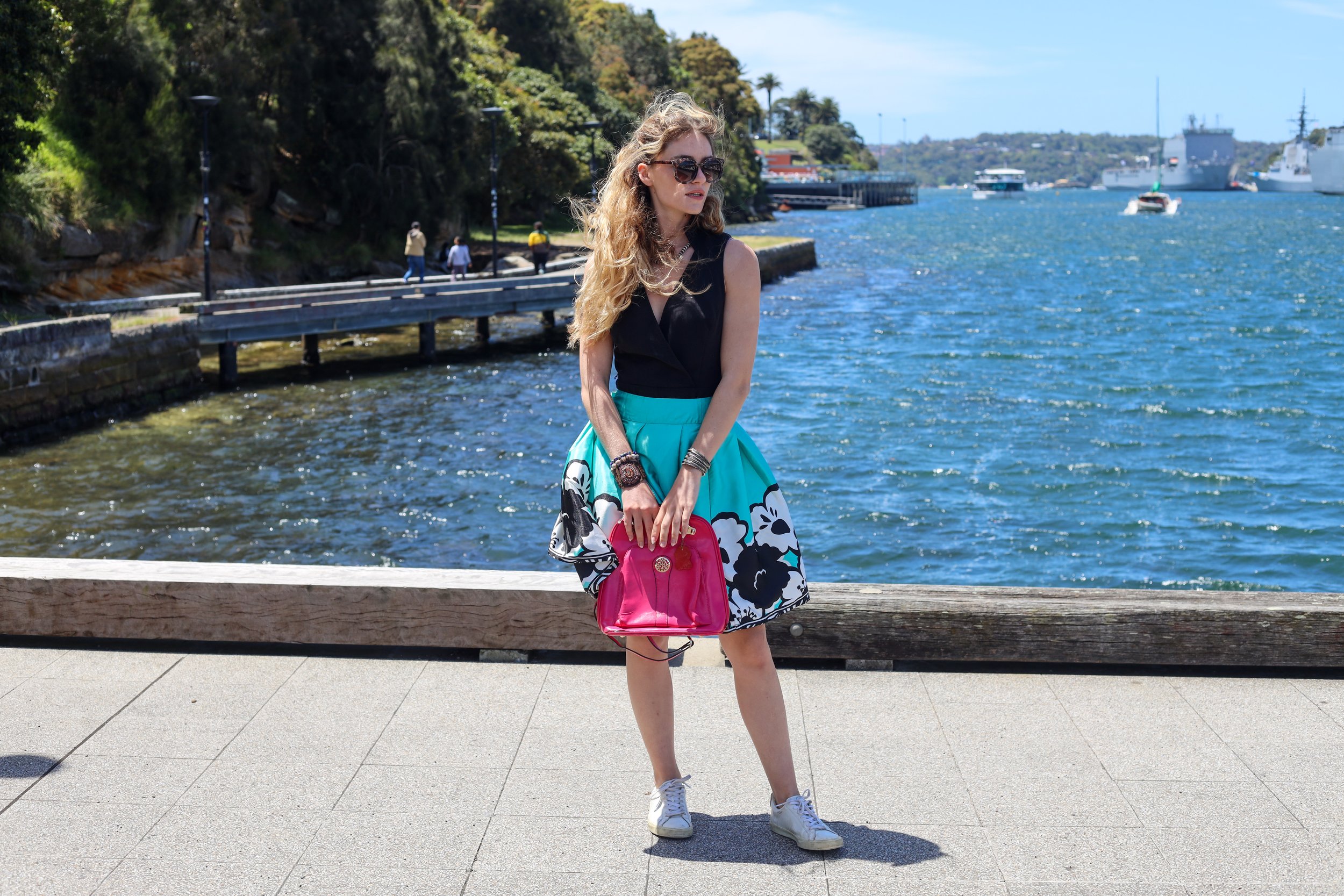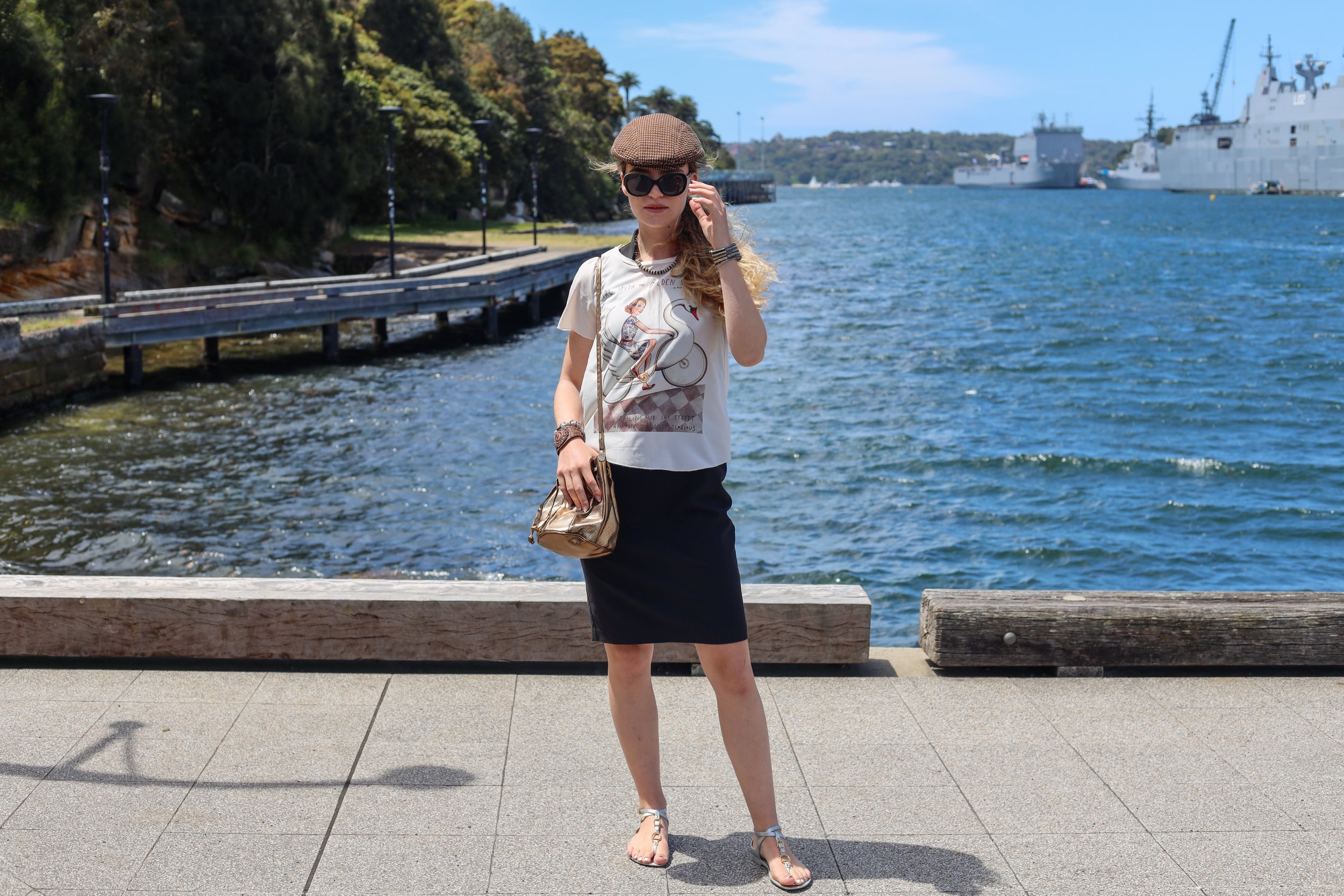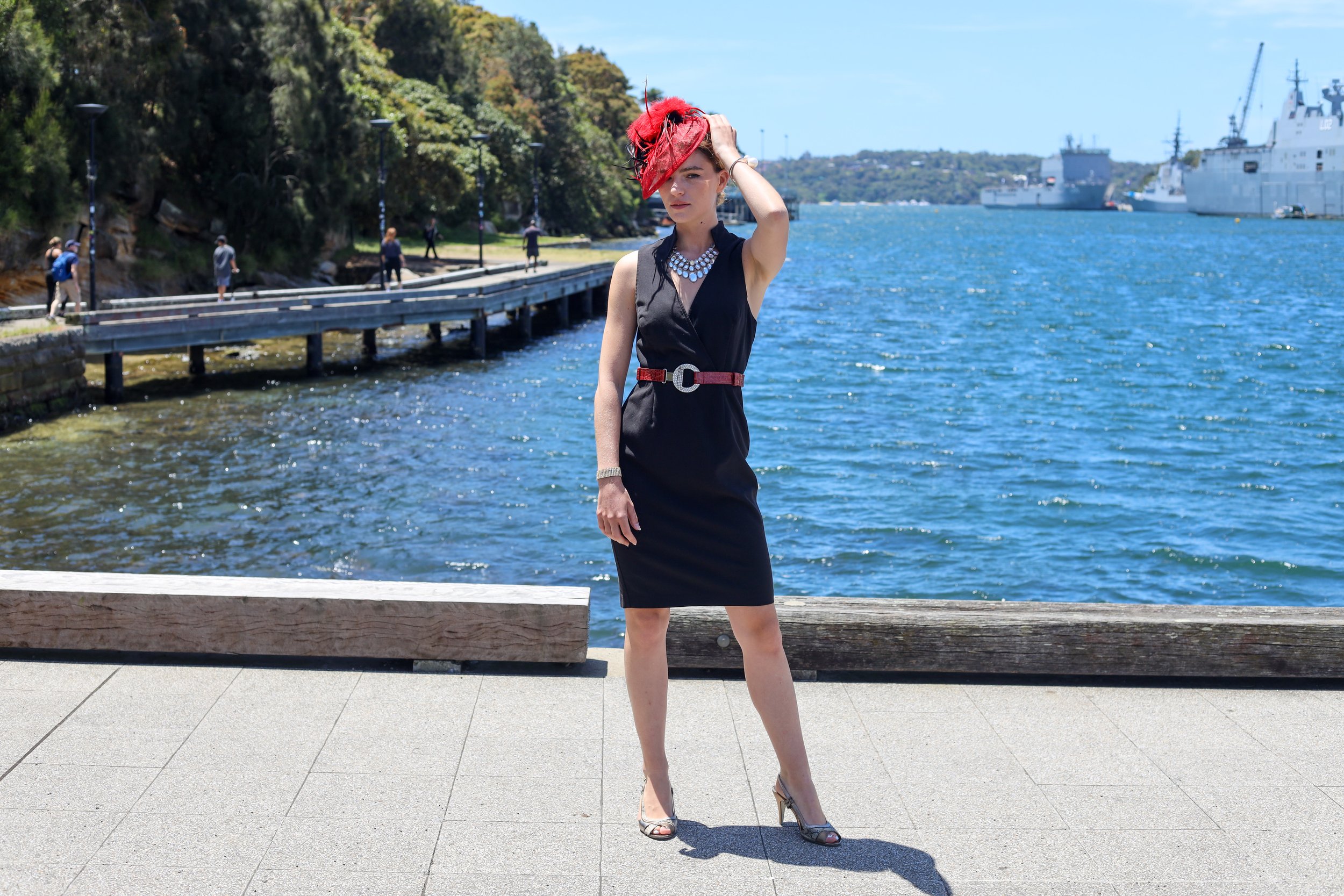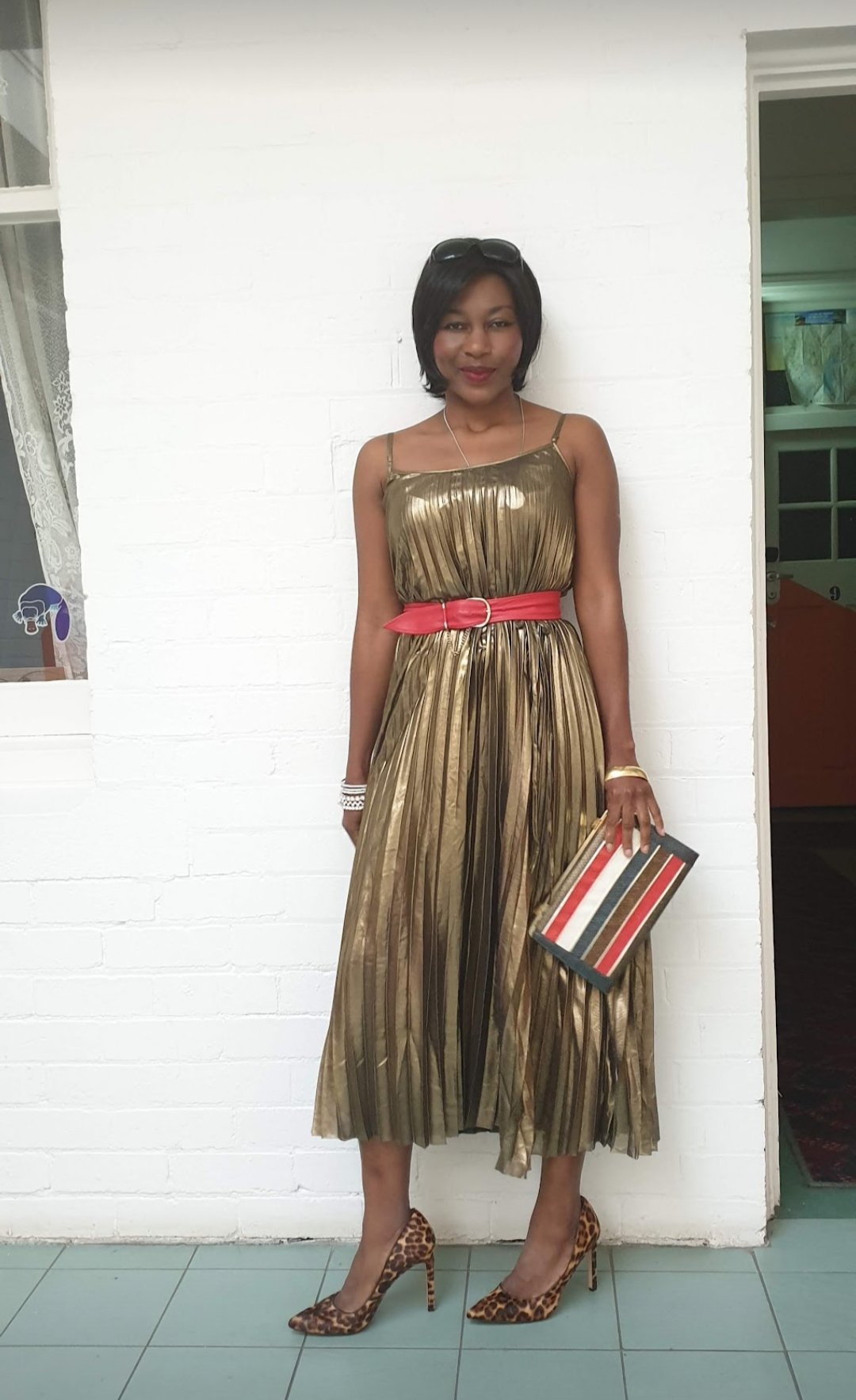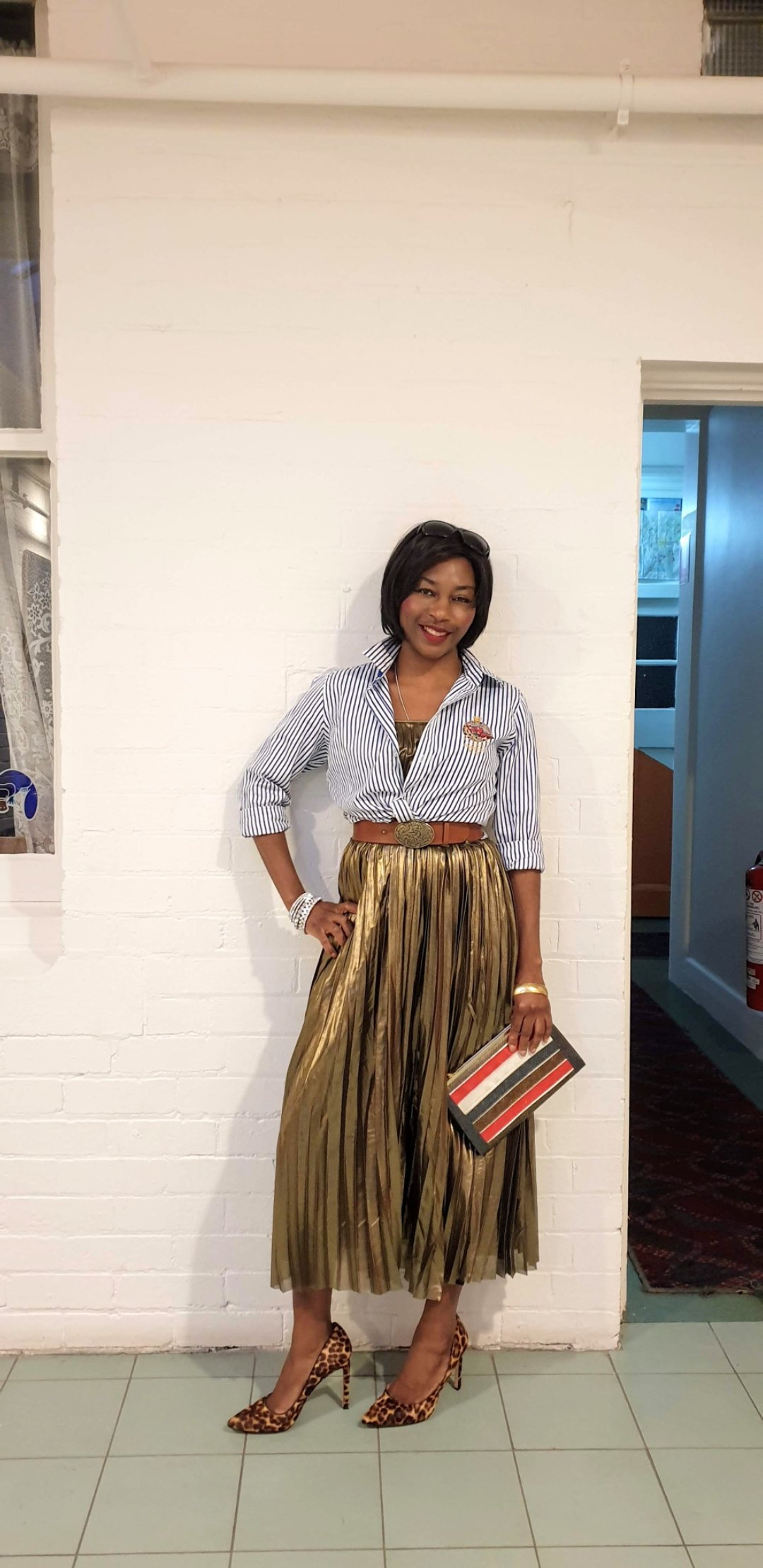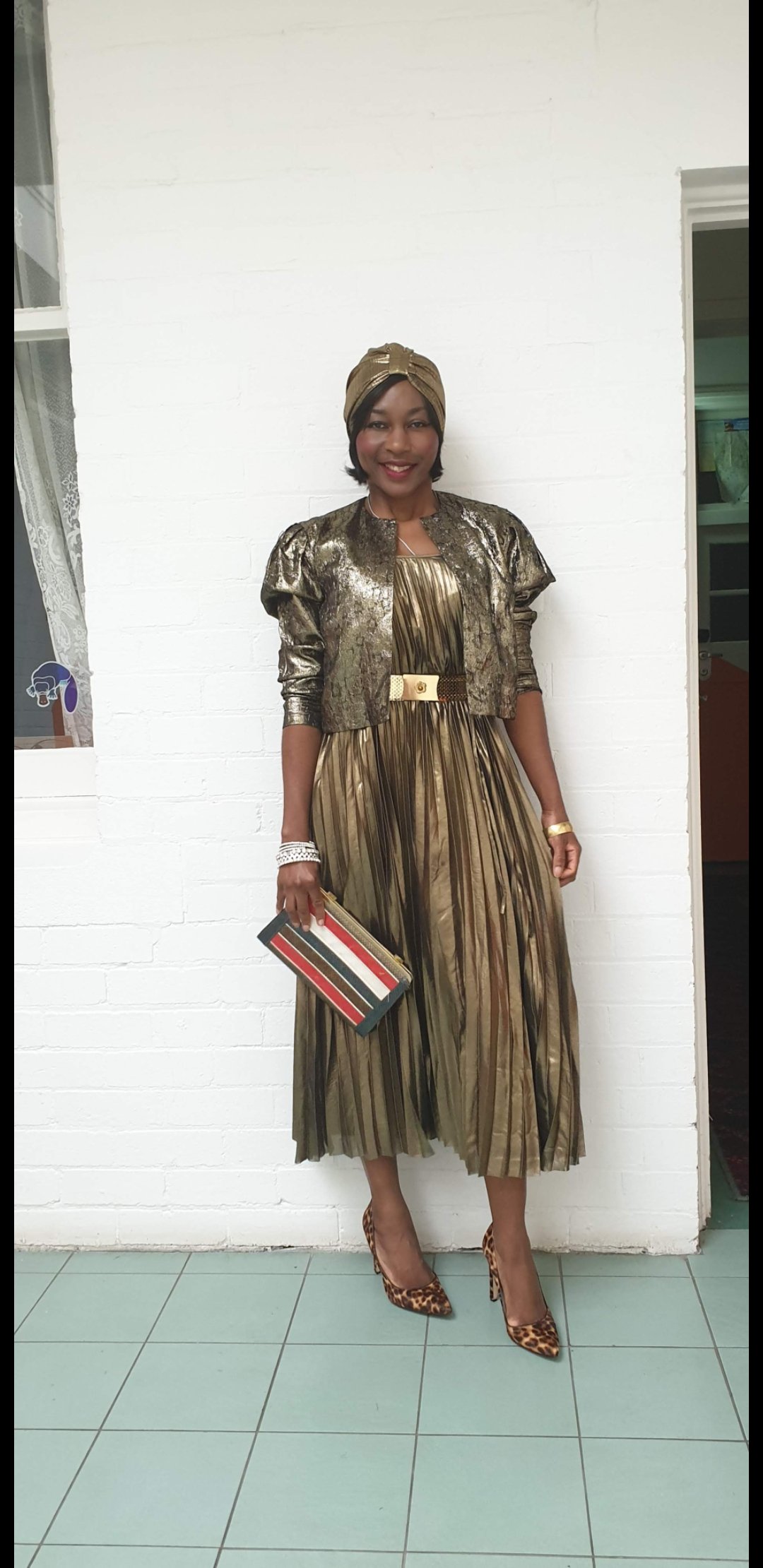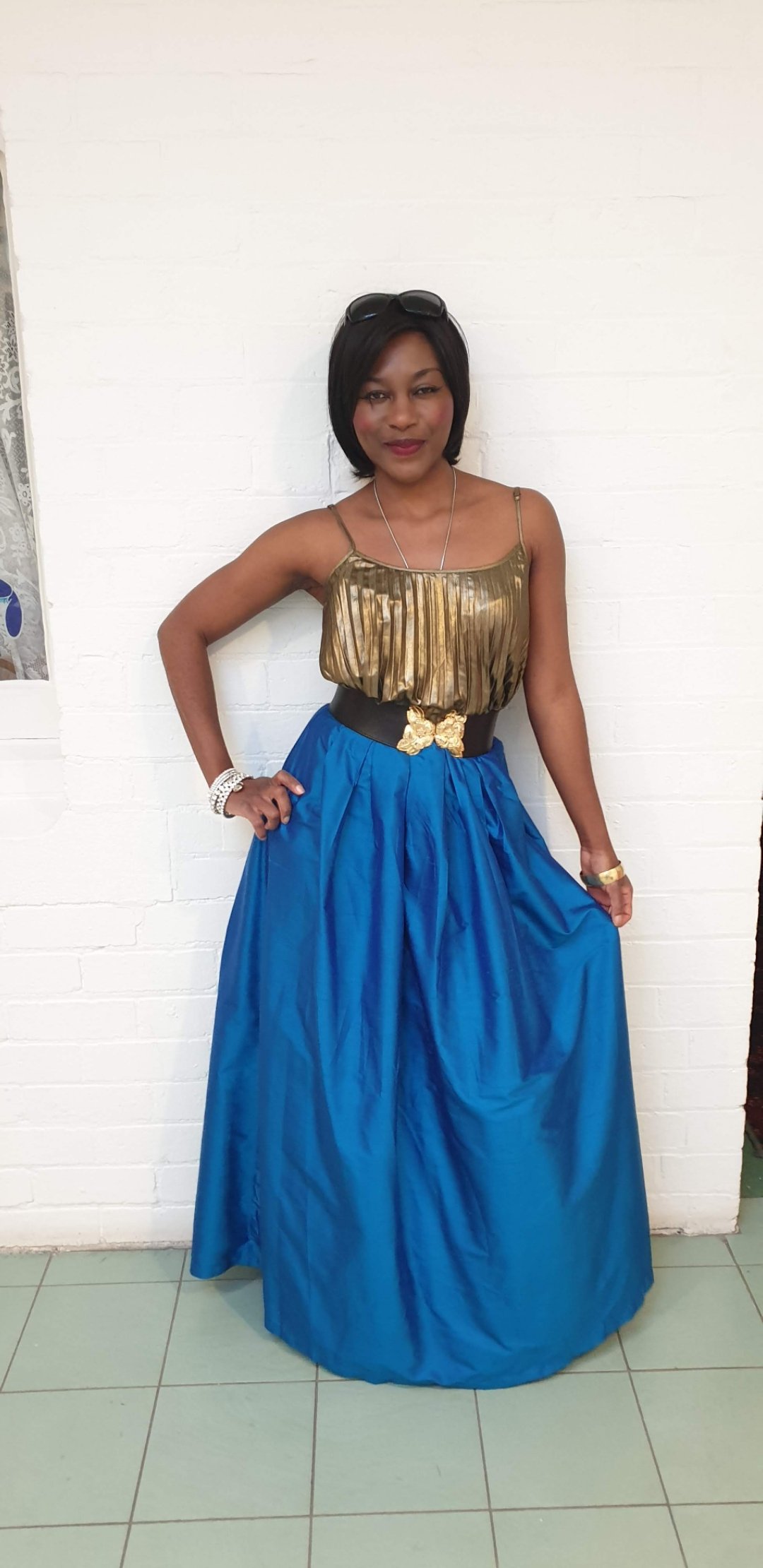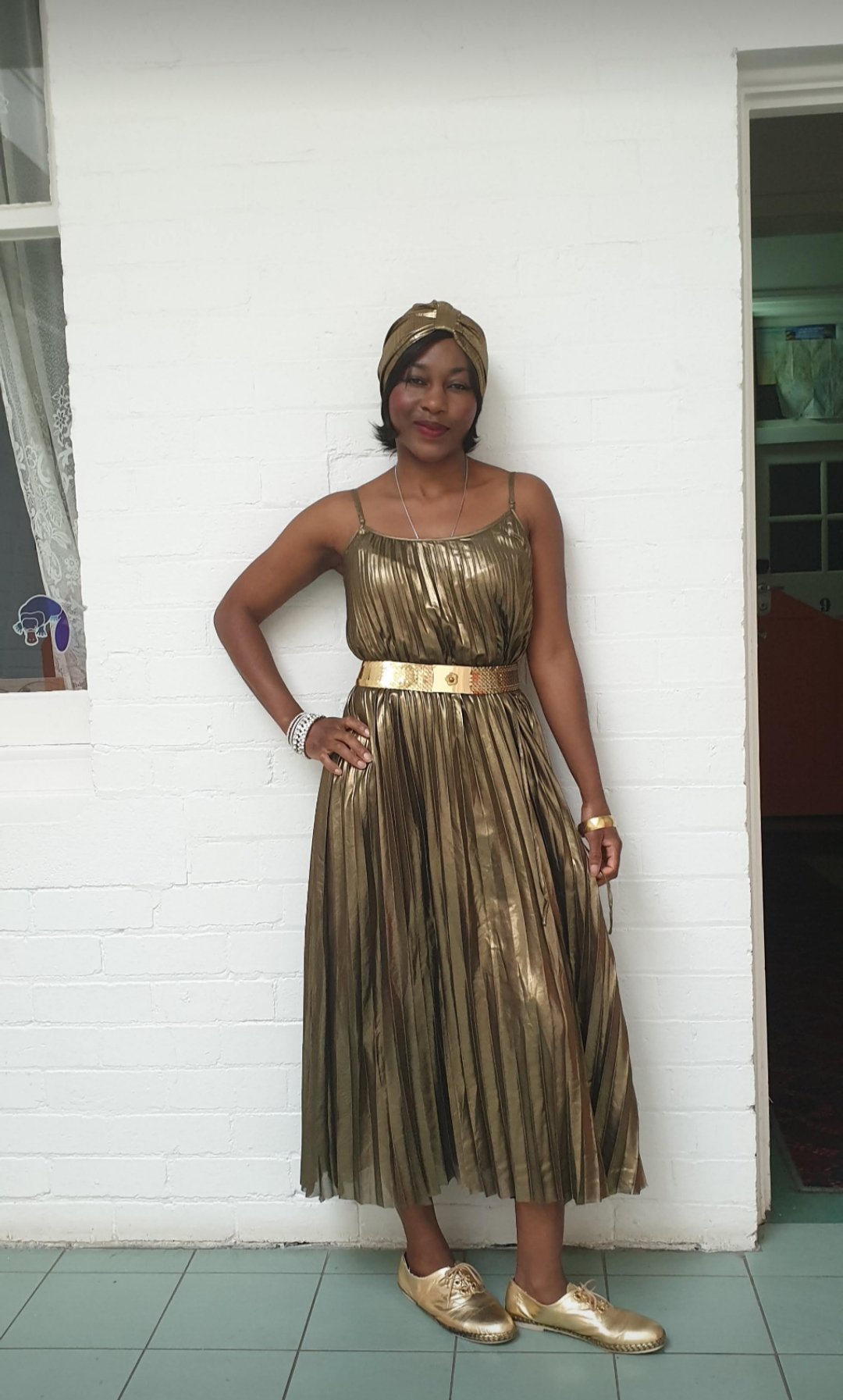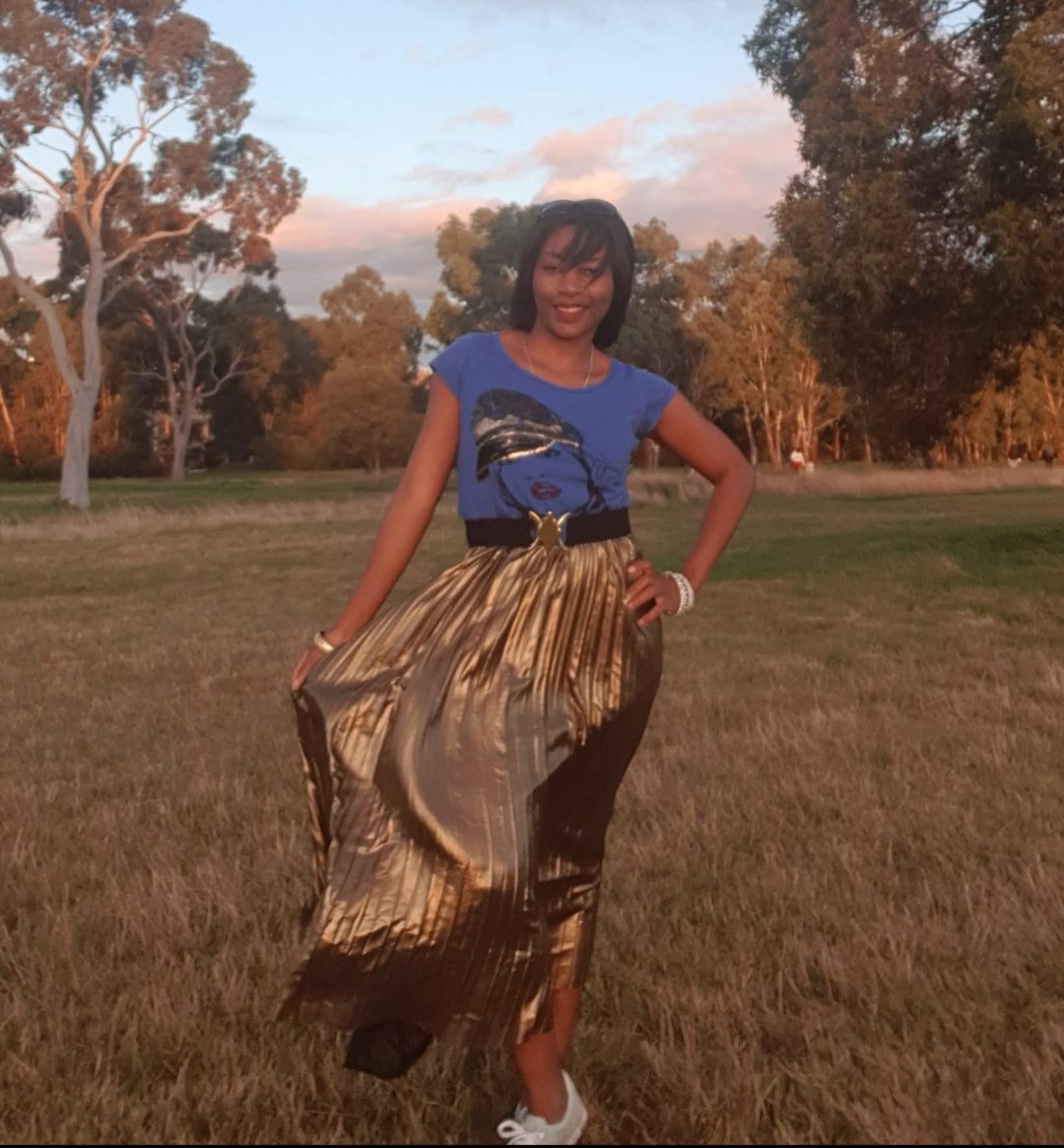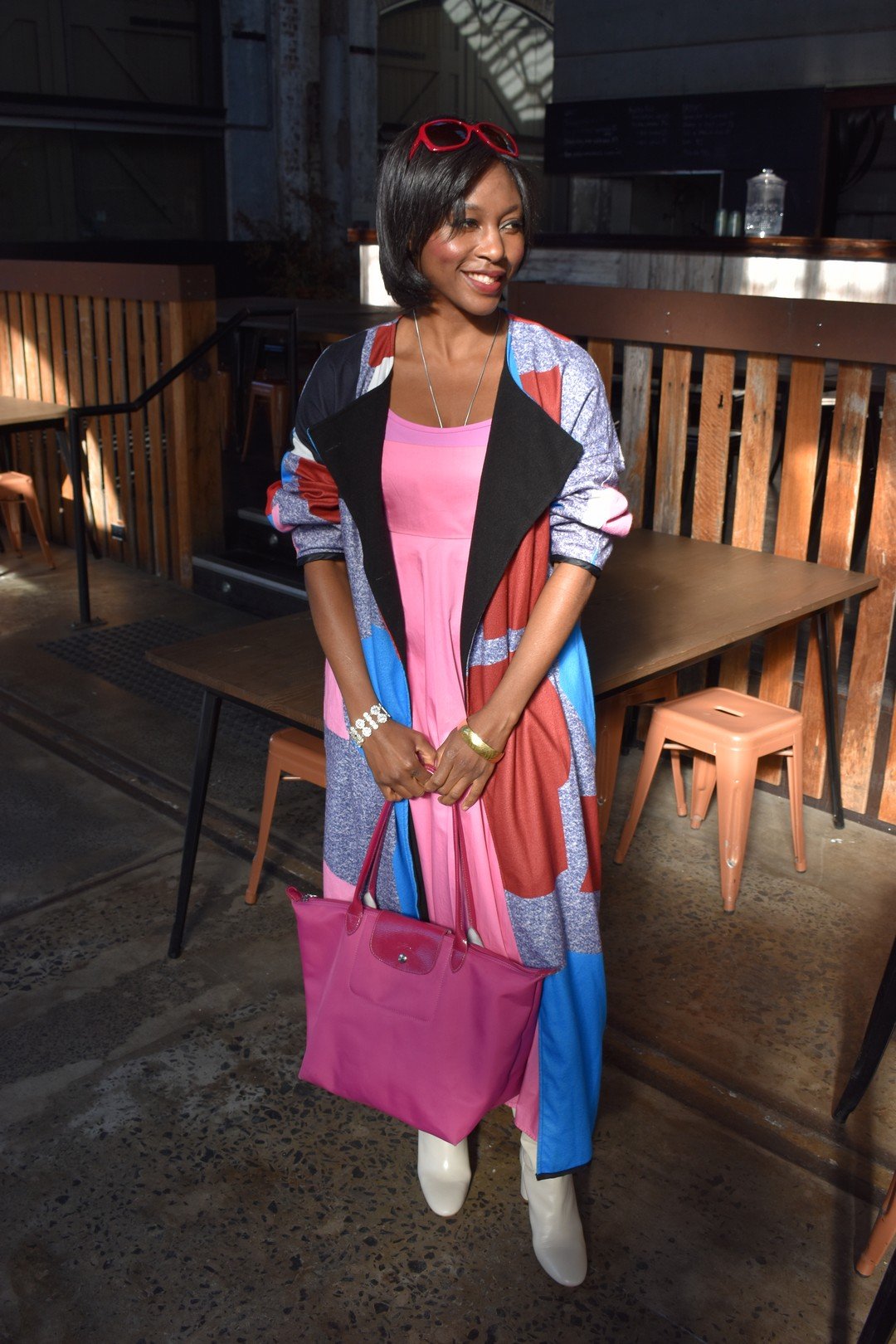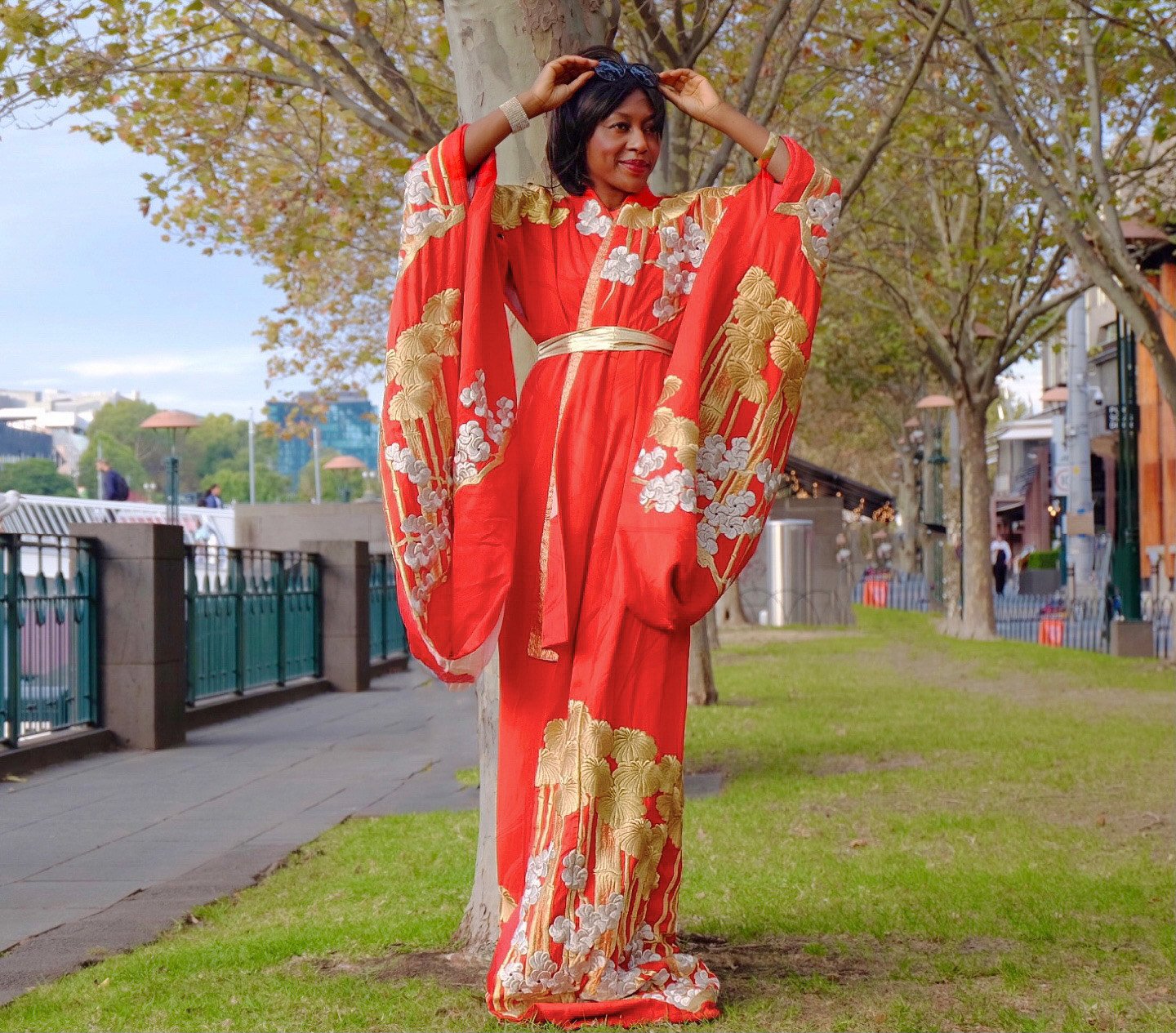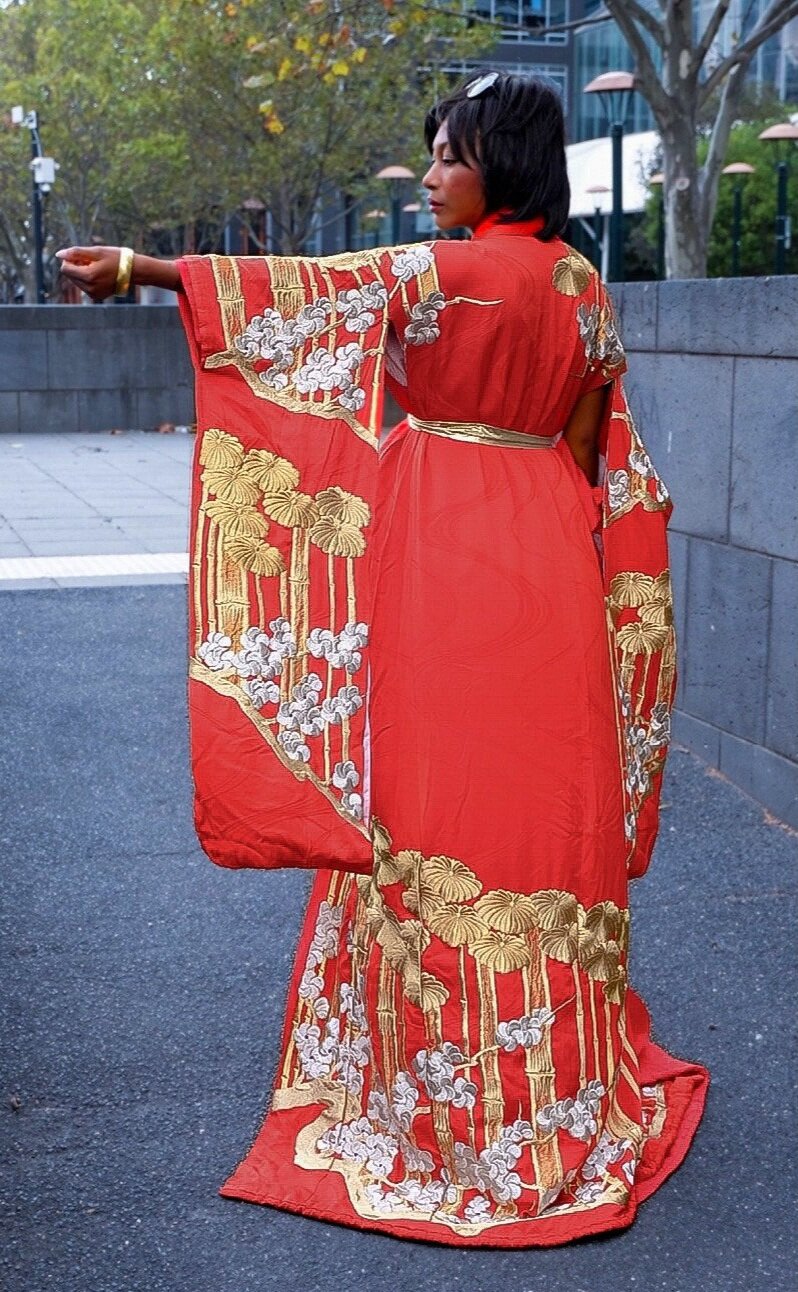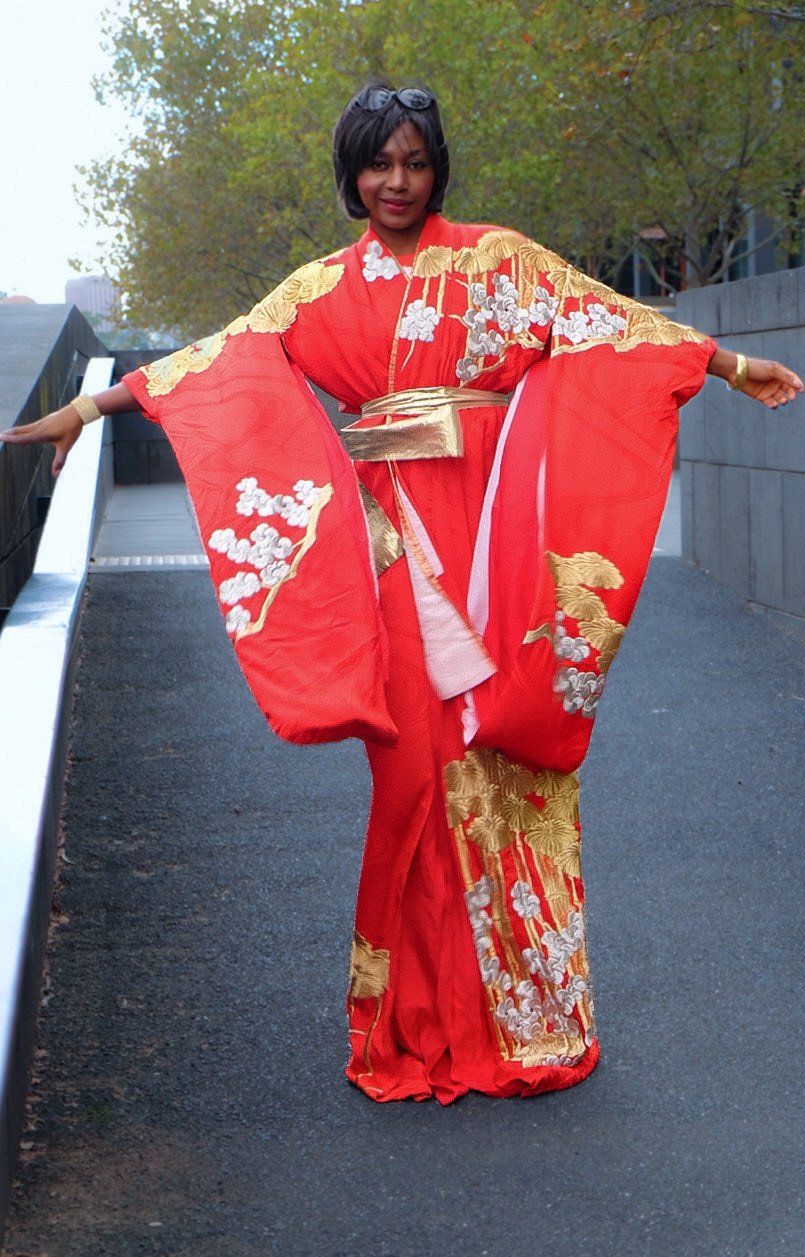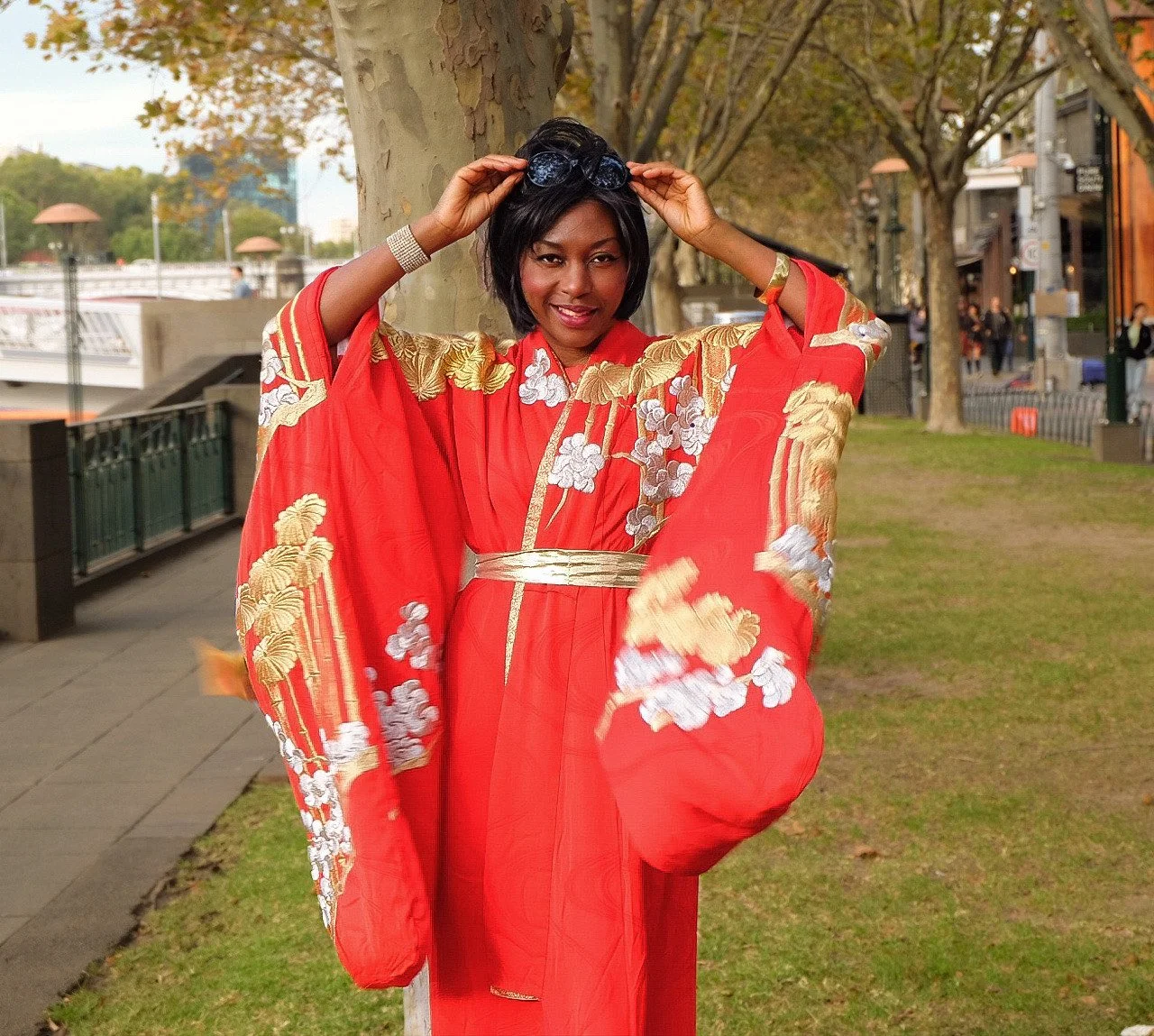Image credit: Noemie Roussel
Now that secondhand shopping and thrifting is a global phenomenon, let's take a look at some of the most popular secondhand stores across the world that are drawing attention for their unique features and finds. With fast fashion constantly churning out textiles and people cycling through new clothes faster than shops can keep up, thrift stores are a fantastic way to slow down this cycle and give a piece of clothing a second chance.
From Tokyo to Texas, every major city has its unique flair. These top slow fashion and vintage style spots are some of the favourites with locals, travellers and tourists. Check them out on your next trip or look for one close to home!
In no particular order…
1. City Walk Thrift (Tallahassee, Florida)
Starting with my home state and my personal favorite place to donate and thrift in Florida, City Walk Thrift is a great option for shoppers of all levels. It features gently used clothing at affordable prices and the best part is that all the proceeds go towards housing and sober living programs. But what makes this thrift store stand out is their ability to make even used fashion feel luxurious. Their store layout gives more of a boutique feel than an average thrift store, letting the clothes each have their moment to shine and allowing customers to easily find their next favorite piece.
2. Kilo Shop (Paris, France & Europe-wide)
The city of love has a chain thrift store with a shopping style that's bound to catch the eye of any major thrifter. Shopping by the kilo! When you shop at one of these locations, you're not buying per item, but rather by weight. With a setup that parallels any major retail store, it almost feels as though you are shopping first hand, but with these prices, there's no way!
3. Ragtag (Tokyo, Japan)
A little further away is a store that stands out for its focus in used luxury fashion. Don't get them confused with their sister brand Ragtag Global which is a solely online second hand thrift store. This thrift store has a few main branches spreading all over Tokyo, so if you're planning on making the trip, why not stop by and grab some gently used luxury pieces!
4. Ekoluv ( Sydney, Australia)
Image credit: Ekoluv Instagram
Nicknamed “the boutique that gives back”, this high fashion location aims to give back to its community by empowering women and tackling carbon emissions. Find everything from Givenchy bags to Chanel Earrings -all pre loved, all in fantastic condition! Looking to partner with other sustainably focused communities and businesses, this thrift spot “holds sustainability at their core”! So don't just make the trek to this spot for their high end, rare finds, but the ethics that backs it up! (rentals).
5. Greendale House Thrift Shop (Johannesburg, South Africa)
Besides its interesting location, this thrift store in South Africa is known for its mission in community driven representation. It is not only mostly run by volunteers, but also, everything earned goes to Hospice Wits, providing free care for patients and their families to battle life-threatening illnesses. But even if that didn't get you, think about some of the principles this spot incorporates. While other local spots may raise their prices for tourists and higher seasons, this charity shop does its best to keep pieces at an affordable height, catering to every income level. Come shop here for everything from shoes and t-shirts to books and antiques!
6. Spúútnik (Reykjavík, Iceland)
This thrift store doesn't just catch attention with its street style and affordable clothing options, but also its cultural influence guided by curated picks! Nestled directly in Reykjavík's city center, this spot is a perfect place to attract both locals and tourists. Not only that, but with its high quality vintage pieces and inventory of current trends, you have a good chance of bumping into an interesting local style or maybe even some pure Icelandic designs!
Image credit: Spúútnik Instagram
7. El Ropero (Buenos Aires, Argentina)
Similar to the Icelandic thrift store in Reykjavík, El Ropero's inventory is a curated, sorted through collection of the community's goods and clothing to give every customer a chance to see the best Argentina has to offer. Their strength lies in their wide range of options, with styles ranging from retro and trend seeking to affordable bargain finds! However, what makes El Ropero stand out amongst their community is their center in charity. All the proceeds earned goes towards food, clothing and resources to people in need. So don't just thrift, go to El Ropero and give back too!
8. The Lady Next Door (Warren, Rhode Island)
Recently having passed from one owner to the next, this eclectic antique shop is a hometown favorite for many passionate fashion enthusiasts that call Rhode Island home. First opening in 1982, after Sandy Nathansons -the previous owners- enticing career in set decoration and styling in both TV and film, this store provided a perfect time capsule of all the best moments in her exciting career. They not only sell, but buy clothing as well! Becoming a collection of all things vintage and designer, The Lady Next Door doesn't discriminate on what you bring in, even if it's not clothes, “if [they] like it , [they] have space for it”. Check out this location on your next trip to New England, it definitely won’t disappoint!
9. Goodbyes (Melbourne, Australia)
Goodbyes is exactly what the name implies, a perfect place for you to say goodbye to your once loved items. Boasting a wide selection of all sizes and styles, their main goal is to reduce each individual person's shopping environmental impact, one thrift at a time. With six stores and nine years of service under their belts, Goodbyes recycles over 180K annually! Visit Melbourne and be a part of this amazing statistic.
10. McMurdo Station “Skua” (Antarctica)
While Antarctica may not be on your list of thrift or holiday destinations, it's worth giving a nod to this remote, slow fashion swap hub. McMurdo Station, or Skua got its claim to fame because of its extremely remote location. The interesting part about this thrift experience is that no currency is ever exchanged. Because this area is so difficult to get to, this station offers tourists and scientists alike the opportunity to leave items they no longer need for the next group of travelers. From warm clothing and boots to even interesting personal items, this second-hand store is the perfect example of a circular economy!
11. Rokit (London, UK)
Those of us that are no strangers to thrifting have probably heard of this thrift store. Rokits brand has become widely known for its iconic vintage looks. However, something you may not have heard is that they originally got their start with the inspiration of 1980s American denim. This concept of recycling fashion generations has definitely had an impact on their uptake in the community, first opening with a small market stall and now known as one of London's top chain thrift spots!
12. Irvrsbl (Melbourne, Australia)
Image credit: IRVRSBL Instagram
A more local feature to this list is Melbourne's Irvsbl, a curated high fashion thrift where all your favorite designers can be once again explored and enjoyed. Focusing mainly on name brand designers, this may not be the spot for a casual stroll without a solid budget and some time to spare but that's never stopped me! Add this spot to your to-do list for your next stop in Melbourne and you're sure to get everyone asking about your trip!
13. Casa Juisi (São Paulo, Brazil)
Not only a local favorite spot, but also featured in a vogue article, this thrift store defies second hand shopping expectations with its historical tilt, upscale selection and crazy array of choices. It's a store that fits everyone like a glove (pun intended) whether you're shopping for your next favorite designer shoes or a classic floor length gown for a dressy occasion. Located directly in the city center, I suggest you leave a good chunk of your day to browse and enjoy all this store has to offer!
14. New York Vintage (NYC, USA)
Speaking of luxury, New York Vintage in New York, New York is a surefire hit for amazing thrift finds! Its specialty in selling “swanky” vintage couture and high end designer goods makes it the perfect place for some post paycheck fun! This thrift spot may not be in everyone's budget, its curated, authenticated repertoire provides the perfect destination for someone booking for their statement piece!
15. Skat Vintage (Paris, France)
Image credit: Skat Vintage Instagram
Catering to a more high fashion scene, this spot in France is a great choice for a pricey, name brand statement item. With its modern boutique style, its dog friendly atmosphere and its recent appearance on Vogue's 10 best vintage stores in Paris, every item in this selection is bound to make you reach for your wallet. Its online store and Instagram alone are reason enough to save up and visit this spot!
17. Cherry Canary Vintage (Indiana, USA)
This incredibly stocked vintage shop makes this top 20 list because of its amazing selection and diversity of not only costume pieces, but also vinyl records! A great reminder that almost everything can be used and reused again. With vinyl coming back in style, here is the perfect place to shop for your favorite classic albums without spending the money for a brand new disc. Jumping back to consume items, Halloween is coming up so this may be a perfect chance to grab your friends pre-plan your group costume!
18. Jet Rag (Los Angeles, California USA)
What makes Jet Rag so special isn't their amazing selection of everyday clothes at fantastic prices, but their Sunday special. For those looking for cheaper thrifting options, this spot hosts 1$ Sundays every week! From leather jackets to jeans and street clothes, everything is 1$ from 11-7:30pm. That leaves time for a late morning coffee, some brunch with friends and then an entire day of affordable shopping!
19. Root Hongdae (Hongdae, South Korea)
Located in the heart of Seoul, Root stands out amongst the atmosphere of vibrant street life, youthful art and culture and a wide and prominent fashion hub. Known for its interesting underground location and wide vintage selection, Root caters to a younger generation looking for a selection of second hand clothing that mirrors the culture of the area. With a huge inventory and prices that match anyone's budget, this is definitely a can't miss location!
Image credit: Root Hongdae Instagram
19. Potts Point Vintage (Sydney, Australia)
Dubbed Sydney's best vintage store by GQ Magazine and TIME OUT SYDNEY, this vintage stop has a long standing reputation for quality designer items. Providing both mens and womens clothing, Potts Point ranges all the way from 1890s styles up to 1980s fashion. Can’t make the trip over? No worries! Potts Point Vintage has an extremely easy to use and accessible online store. To top it all off is this store's highlight appearances in the Australian Film industry! With its amazingly unique curated goods, why not collect wardrobe pieces for up and coming dramas?
20. Reflections Consignment (Concord, Massachusetts USA)
Rated best women's consignment store in Concord, Massachusetts, Reflections Consignment offers women's items ranging from everyday clothing and accessories to even designer pieces. This small town store has an aesthetic to perfectly compliment its environment, warm, cozy and very eclectic! Having served its community since 1978, this spot has a perfect place in west concords bustling center, providing some perfect pre dinner fun or after ice cream browse. Its award winning selection will have you booking your next trip. Check out their online store to get a sneak peek!
21. Retro Metro: Paddington (Brisbane, Australia)
This branch store to the larger Retro Metro is exactly the place to visit after a long day of work or even classes! With its affordable prices and gender friendly selections, most pieces you find will come at a great bargain! The best part? The items that stock these isles are known to be great quality. Ranging from around $10-25, this may just be the perfect opportunity to hop on a new trend! Not looking for clothes? No worries, this location does much more than that. Visit this Paddington location for your next favorite book or trinket!
22. Ebisu/Daikanyama (Tokyo, Japan)
Just a short flight from Australia is this local Shibuya-ku jem, Daikanyama on 2nd street. Another boutique style thrift store, this urban shop holds specifically selected items both expensive and affordable, that allow for current fashion trends and brands to easily take the forefront. But don't just come here for the clothes, this spot contains a wide variety of name brand accessories, with huge lineups of burberry bags, trendy baseball caps and much more!
23. Hippy Market (Paris, France)
Image credit: Hippy Market Instagram
Looking for that classic bohemian free spirit look? Shop no further than Paris’s hippy market! With 100% recycled items that are updated weekly, authenticity and originality are key components of this spot's character. With more of a sustainability lens, this is the perfect spot to stop by on a daily commute or browse on your weekends off. Planning a summer trip to Europe? Look for the Hippy Markets amazing summer sale!
24. U-Turn Recycled Fashion (Sydney & Melbourne, Australia)
For some Sydney locals, the U-Turn chains are a heart wrenching view on your daily commute. With their trendy fashion feel and amazing prices, it can be hard for fashionistas to pull away from the enticing view that promises at least an hour of happiness. But their most notable connection to the city is their proximity to two of Sydney’s prominent universities giving their locations the perfect access to student foot traffic for both thrifting and donating!
25. Stella Dallas Living (Brooklyn, New York, USA)
In the heart of Brooklyn, New York is Stella Dallas Living. An interesting thrift store for their specific curation of vintage American workwear and military apparel. Set upon a cozy little street in Brooklyn, this store is a can't miss for anyone traveling in the area. And to make the deal even sweeter, stop by and meet their dedicated store employee, the cutest little dachshund on the street!
Article by Caroline Teto


